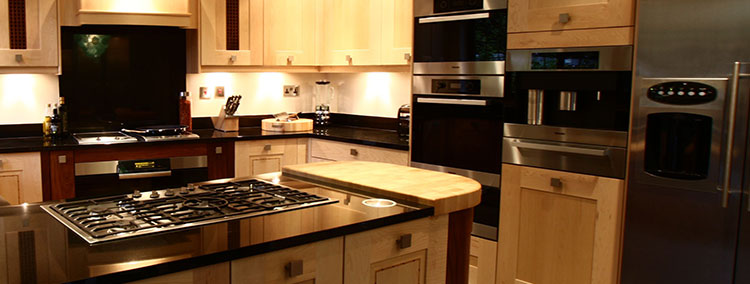
As a restaurant owner, how you store food in the fridge has a significant influence on the effectiveness of the refrigerator at cooling food and the amount of energy the appliance consumes. Would you like to know how to store food in a restaurant fridge properly? Here are tips to follow as given by refrigerator repair experts:
Top and middle shelf
This shelf is ideal for ready to eat foods such as ready meals, dairy products, leftovers, prepared salads, and cooked meats. To prevent contamination, cover the foods, and keep them in sealed containers. Also, store ready to eat foods at the top of the fridge, away from raw foods so that harmful bacteria cannot move from raw food to cooked food.
Bottom shelf
The best foods to store here are poultry, raw meat, and fish. To prevent them from touching or dripping onto other foods, put them in sealed containers. If storing different items, ensure that you wrap or seal each item in a sealed container, so it doesn’t come into contact with other foods.
Salad drawer
From its name, the salad drawer is ideal for fruits, vegetables, and salad vegetables that have been properly washed before storage. During storage, ensure fruits, vegetables, and salads are properly wrapped in paper or plastic with air holes to keep them protected from any contamination.
For salads and herbs, wrap them in a damp paper towel before you store them to prevent them from drying out. Doing this also ensures they stay fresh for longer.
The door
This is the warmest area of the fridge, so this is the best place to store the least perishable items such as mustard, ketchup, sauce, soy, and other items with longer shelf lives. If you have a large fridge, chances are it has door compartments for eggs and butter. Don’t store them in the designated areas. Instead, keep them elsewhere.
Other things you can keep here are juices such as orange juice.
What shouldn’t you keep in the fridge?
Did you know there are things you can’t put in the fridge? These include: bananas, tomatoes, potatoes, bread, and unripened stone fruits such as cherries or peaches.
Valuable refrigeration rules
To get the most from refrigeration, you need to consider some tips. These tips include:
Don’t overload the fridge
Cramming all of the food in the fridge might sound like a good idea as you cool all the food at once, but this isn’t wise. When you overload the refrigerator, you prevent air from circulating as well as it should; hence you don’t cool the food properly. Cramming the food also puts you at the risk of blocking the cooling unit that chills the food.
Lastly, there is the risk of the door failing to shut properly, so you spend a lot of money cooling the food.
For best results, store food that is just enough that the fridge won’t have a problem cooling.
Pay attention to the FIFO rule.
The FIFO rule stipulates that you should place new stock behind the old stock. Going by this rule, when you receive new food, you deposit it behind the older one. This way, you use the older food first.
To have an easy time, label the food with the date you got it and “use by” date.
Get rid of open cans.
You should never store open cans in the refrigerator as they may lead to chemical contamination. If you want to store canned food in the fridge, first put the food into a container that is suitable for chilling.
Pay attention to the temperature.
There is no way refrigerators will function optimally if the temperature isn’t right. If the temperature is too high, the fridge won’t preserve the food. To have an easy time, get a thermometer that the restaurant staff will be checking regularly and confirm it’s not below the danger zone.
Keep the floor and shelves organized and clean.
There is nothing that gives your refrigerator a clean and organized look as cleaning the floors and shelves. Appliance repair Alexandria professionals recommend you remove dirt and spills as soon as you notice them. If you have labeled items in the fridge, organize them to reduce the amount of time your staff takes to locate them.
The post appeared first on Express Appliance Repair